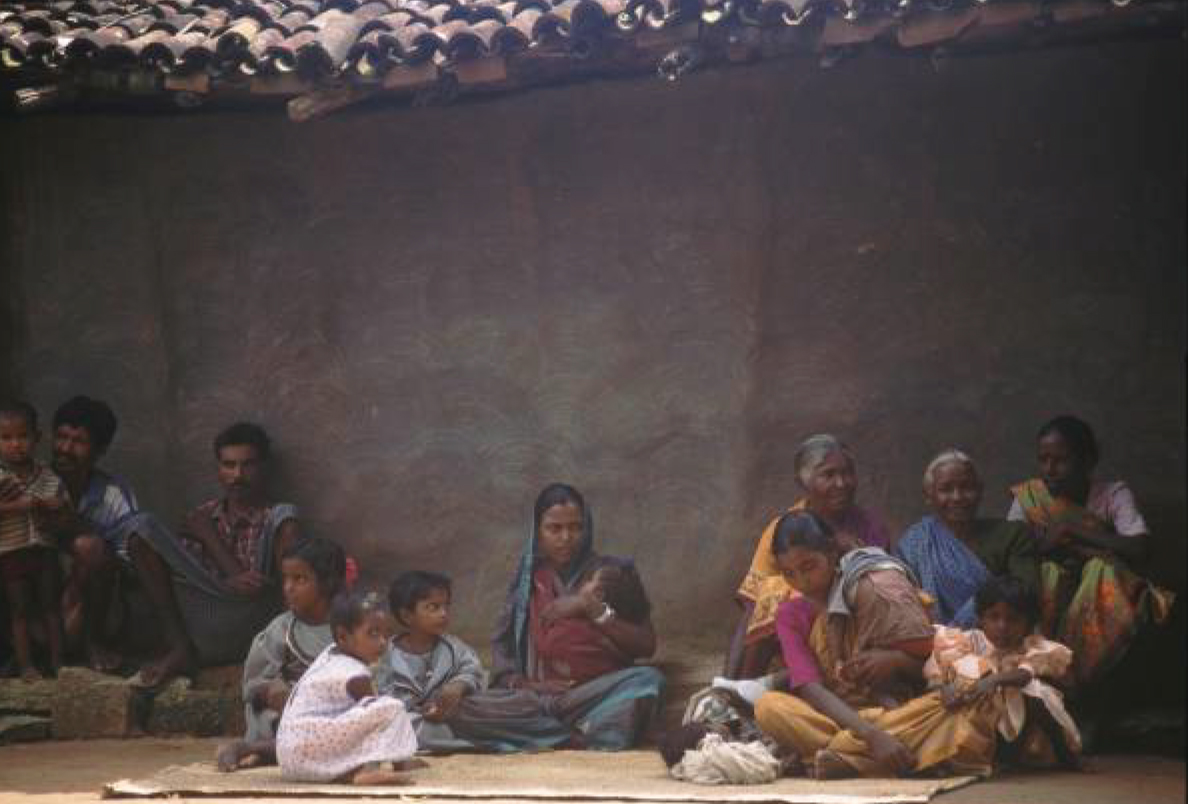In recent decades, the Asian country has promoted gold mining to develop the mining industry. Consequently, several indigenous communities were forced to abandon their lands and traditional ways of life. From 2015 to 2021, the Geological Survey of India identified and explored 17 gold blocks. As gold mining advances, protests multiply in the various affected indigenous territories.
In recent decades, the Asian country has promoted gold mining to develop the mining industry. Consequently, several indigenous communities were forced to abandon their lands and traditional ways of life. From 2015 to 2021, the Geological Survey of India identified and explored 17 gold blocks. As gold mining advances, protests multiply in the various affected indigenous territories.
In 2014, the High-Level Committee on Socioeconomic Status, Health, and Education of Tribal Communities in India highlighted the impact of extractive industries on the country’s indigenous peoples: around 25% of ethnic tribes are displaced or affected by mining projects due to their ancestral lands being rich in natural resources.
In the absence of official data, the Planning Commission of India estimates that around 60 million people have been displaced. On the other hand, the Expert Group on the Prevention of Dispossession of Tribal Lands and their Restoration calculates that 47% of the total displaced population corresponds to tribal people. However, there is no official disaggregated data on the number of displaced people.
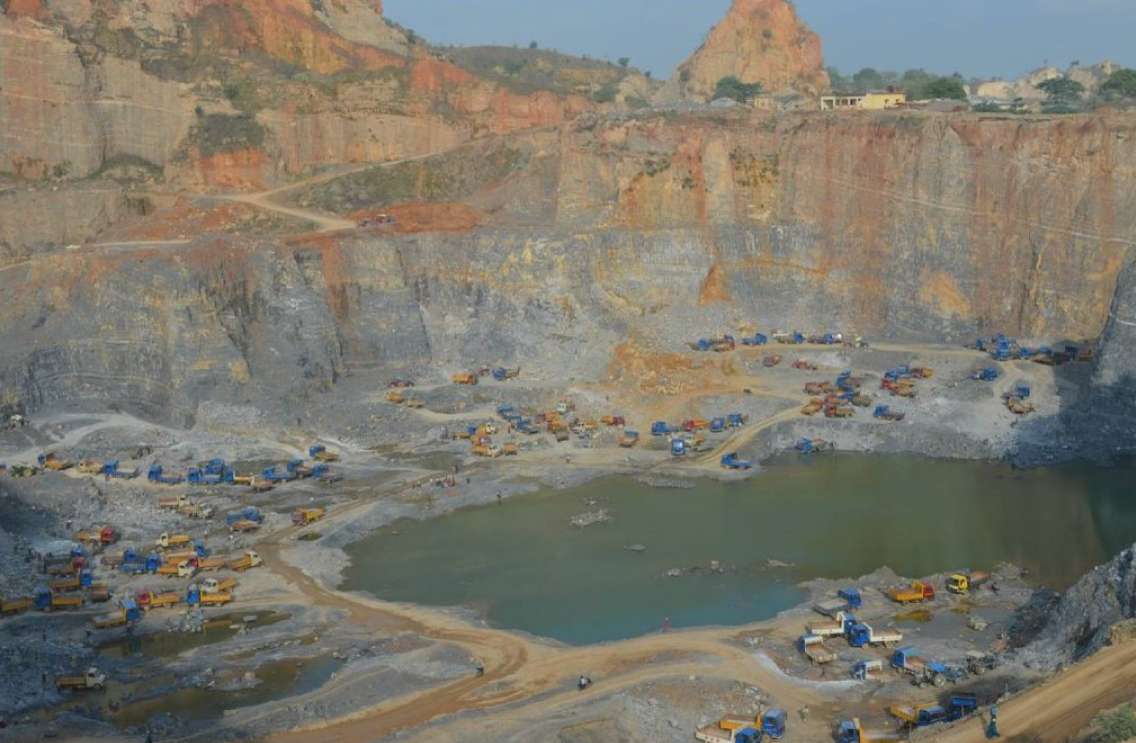
Large scale gold mine at Sonbhadra. Photo: Sonbhadrada government
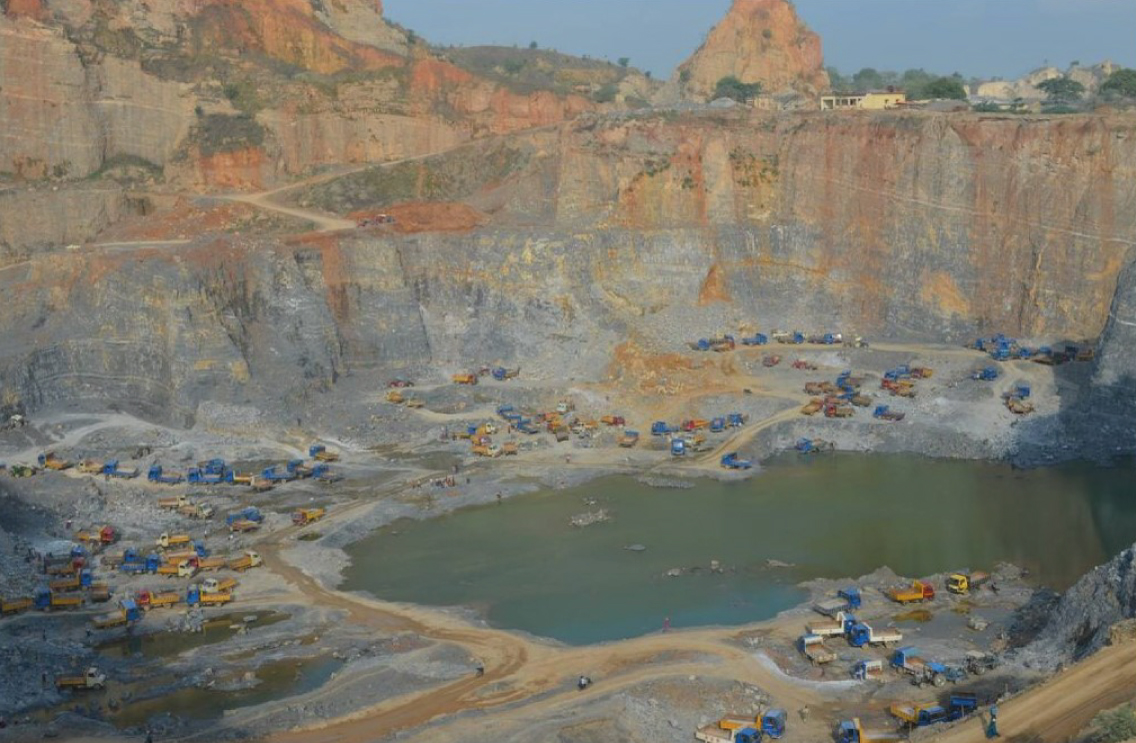
Large scale gold mine at Sonbhadra. Photo: Sonbhadrada government
Gold reserves on the lands of Indigenous Peoples in India
As of March 2023, the Republic of India had gold reserves of 794.62 tons. The gold reserves are primarily found in 12 states spread throughout the Indian territory: Andhra Pradesh, Bihar, Chhattisgarh, Jharkhand, Karnataka, Kerala, Madhya Pradesh, Maharashtra, Rajasthan, Tamil Nadu, Uttar Pradesh, and West Bengal.
The Geological Survey of India (GSI) is the state institution responsible for geological mapping, resource exploration, and surveying of various minerals to identify potentially mineral-rich areas and promote the industry. The GSI carried out gold explorations from the seasons 2015-16 to 2020-21 in Maharashtra, Madhya Pradesh, Jharkhand, Karnataka, and Rajasthan. In total, 17 gold blocks were identified and explored for development activities.
Among the 17 gold reserves found, four are located in areas belonging to indigenous peoples.
Among the 17 gold reserves found, four are located in areas belonging to indigenous peoples.
In order to protect indigenous territories, since 1976, the Indian state created the Fifth Schedule Areas: a historical guarantee for the tribal peoples’ rights over the lands they inhabit. Among the 17 gold reserves found, four are located in areas belonging to indigenous peoples: Bhitar Dari Village, Ganpur Village, Jagpura Village, and Jagpura North. However, this information does not include at least five gold blocks located in Fifth Schedule Areas in Jharkhand and Chhattisgarh: Lava Goldmines in Lawa Village, gold block in Parasi Village; Pahadia Goldmine in the villages of Pahardiha, Rungikocha, and Tentadih; Kunderkocha Goldmine in Kundru Kocha Village; and Baghmara Goldmine in the village of Sonakhan.
Moreover, there are at least seven other gold reserves located in regions where indigenous communities reside: Jonnagiri Gold Block in the Tuggali Mandal; Ramagiri Gold Fields in the Ramagiri Mandal; gold block in the village of Tola Karmatia; gold mine in the Jhajha Taluk; Maruda Gold Deposits in the Nilambur Block; gold deposits in the villages of Agali, Kottathara, and Sholayur in the Mannarkad Block; and Gold Mines in the areas of Son Pahadi and Hardi.
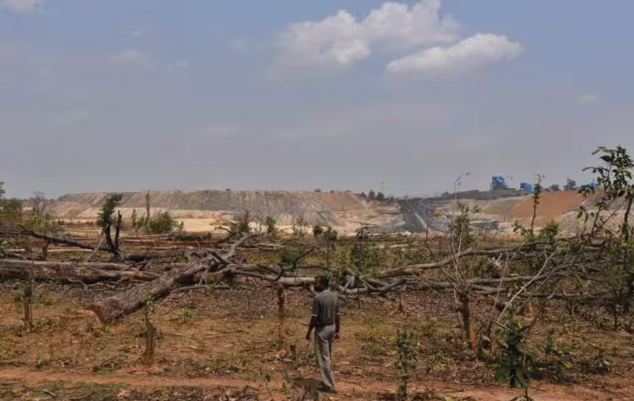
Tribal activist Jai Nandan Porte in Ghatbarra Village next to trees felled for a mine. In this case, coal. Photo: Raj K Raj / Hinduism Times

Tribal activist Jai Nandan Porte in Ghatbarra Village next to trees felled for a mine. In this case, coal. Photo: Raj K Raj / Hinduism Times
Indigenous protests against gold mining in Jharkhand
As gold mining advances in indigenous territories, protests intensify from the communities. Currently, there are mobilizations in three gold mines: in the Parasi gold block in Jharkhand; in the SonPahadi and Hardi gold mines in Uttar Pradesh; and in the Baghmara gold mine in Chhattisgarh.
In August 2017, the Government of Jharkhand auctioned the gold reserve of Parasi, located in the Tamar block, which is a Fifth Schedule Area. The steel company Rungta Mines Ltd obtained the concession for the block, estimated to have reserves of 9.89 million tons with an estimated value of 3052.81 crore rupees, through a competitive bid for 1,200 crore rupees. The difference is significant.
Protests erupted shortly after the auction process was completed in November 2017. Indigenous peoples and other forest dwellers from 19 villages under the Parasi Panchayat staged a peaceful demonstration at Albert Ekka Chowk. Two groups, the Adivasi Jan Parishad and the Panch Pargana ZaminBachao Sangharsh Morcha, demanded the implementation of the historic Supreme Court’s Samatha judgment in 1997, which declared all lands leased to private mining companies in scheduled areas null and void. Additionally, they protested the lack of consultation with the Gram Sabha (village council) before the gold block auction.
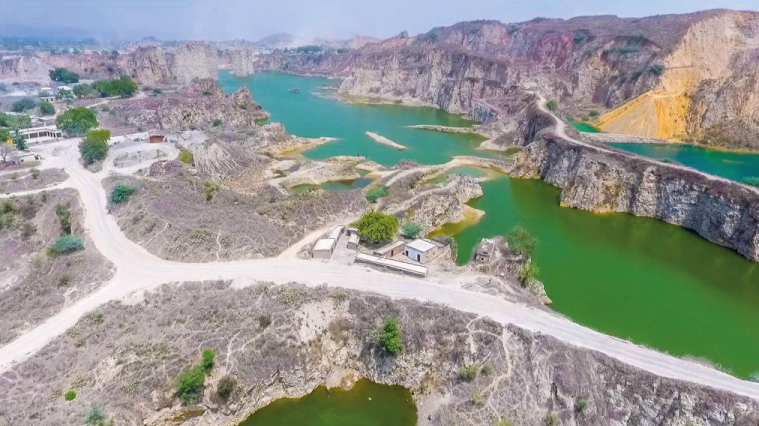
Large scale gold mine at Sonbhadra. Photo: Sonbhadrada Government
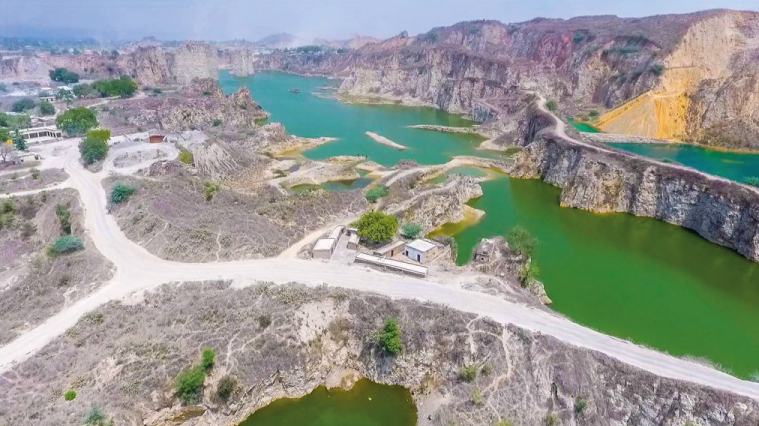
Large scale gold mine at Sonbhadra. Photo: Sonbhadrada Government
More forced displacements
The Geological Survey of India and the Directorate of Geology and Mining of Uttar Pradesh estimated gold reserves of over 50,000 tons in the Sonbhadra district. An approximate gold reserve of 52,806 tons was calculated in the Sona Pahari block, while in the Hardi area of the district, it was estimated to be 646.15 kilograms. In January 2023, four mineral blocks, including the Son Pahari gold block, were sold through an auction to private mineral developers, and another 13 blocks were put on hold.
Around 250 families from the panchayat (local village council) of Panari village and 200 families from the villages of Dohar and Piparahwa will be displaced due to gold mining in the Hardi, PindaraDohar, and Pipparhawa villages in the Sona Pahari and Hardi regions, where the Baiga and Gond tribes reside. They mostly rely on agriculture and hunting for their livelihood. Although the government of Uttar Pradesh promised compensation, the indigenous peoples would be left homeless and vulnerable if they lose their lands.
NGOs calling for compliance with the national laws regarding the extractive industries have been increasingly facing crackdown under the Foreign Contribution Regulation Act.
NGOs calling for compliance with the national laws regarding the extractive industries have been increasingly facing crackdown under the Foreign Contribution Regulation Act.
A similar situation occurred with the Baghmara Chhattisgarh gold mine. In January 2019, Chief Minister Baghel canceled the lease agreement for 2.7 tons of gold mining in the Baghmara gold mines in the village of Sonakhan, under the Kasdol block in the Balodabazar district, which had been granted to Vedanta Group. Villagers’ protests were organized under the banner of Dalit Adivasi Manch, the platform for the empowerment of lower castes and indigenous peoples. As a result, Chief Minister Baghel reviewed and subsequently canceled the permit granted in 2016 to exploit the Baghmara Gold Mines in the state.
NGOs calling for compliance with the national laws regarding the extractive industries have been increasingly facing crackdown under the Foreign Contribution Regulation Act while indigenous peoples are often termed as the Naxalites, members of the ultra left wing armed opposition groups. The situation remains grim regarding the gold mine projects.
